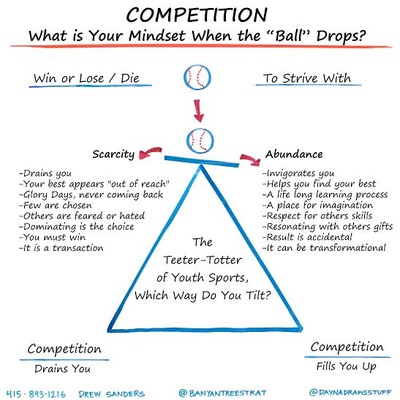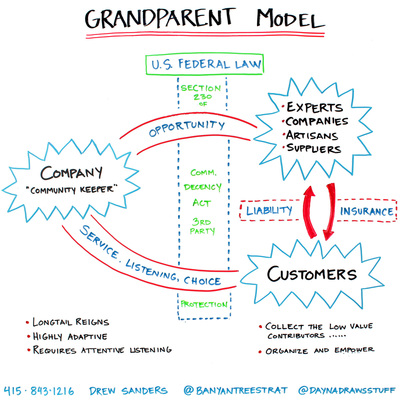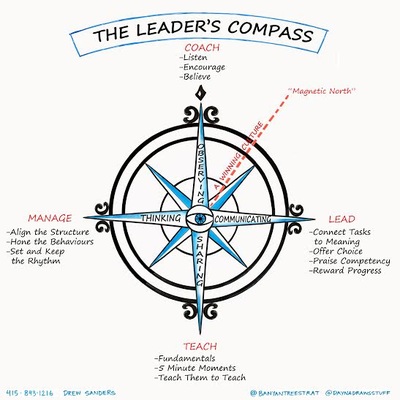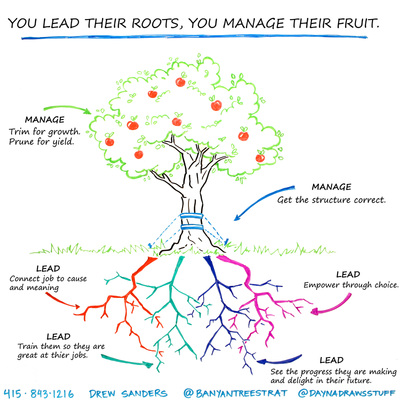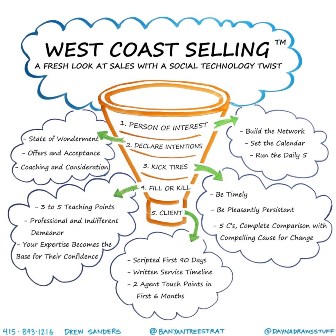|
"Branches & Roots": A Look at Strategy and Competition Through the Lens of Business and Sport A Banyan Tree Strategies Communciation A Time For Thanks and Giving Have you turned your heater on yet? Raked a few leaves, or thought of going skiing? What about those holiday plans? For some they have been in motion since Dec 26th 2013 as family members seek stability and to keep routines in place for another year. All these conversations and feelings tell us that the final 45 days of the year are here and with them the opportunity to say thank you. It is also a time for giving and we offer our latest thoughts and insights learned below. We tackle the subject of innovation, share what we learned from coaching over 250 hours of youth sports, and have procured a gift for you that might come in handy while you are shopping for some gifts of your own. Is Innovation an Issue? For many innovation is a huge challenge, while others seem to surf on its edge like a short board savant. Innovation, like a wave, is about change and change can be rough, especially when you have things just the way you want them. The study and practice of a business is often described as the breaking down of processes to improve on them so that more margin can be procured while still enhancing the customer experience. Curiosity reigns in both the act of improving a process and of listening to a customer, yet they are described by their owners in very different terms. The left brain business process Queen is endlessly curious how to improve a supply chain for efficiency sake, while the right brain idea generating Prince ends up lost in thought studying a customer’s experience. Quick question, do you think this Queen and Prince can see the curiosity in each other’s actions? Our experience says it seldom occurs. We had many interactions this year that were leading us towards the previous statement, but listening to one person in particular made a difference. Mike Maddock of Maddock Douglas told us to look for the tension. We think you should look for tension in two places. First in your leadership team, seek to create a healthy tension between your smart creative types and your puzzle fixer types. As the leader take the time to help them both see the genius of the other and push them to be constantly curious both in their pursuits and the understanding of others. Second when it comes to innovating as a company, look for tension in a customer base and see where your skills and experience overlap. Add in some listening exercises and then create an offering or product that solves for the tension. When done correctly, the socially connected customers will tell each other and you are off to the races. Want an example, think of the people who could have sold you a blanket, but instead cut two holes in it, called it a SNUGGIE…. Watch Mike’s talk here. A Hard Truth for the Boss.... Your B players Could be A's if you Were Better at Your Job. In 1999 Peter Drucker wrote an essay for the Harvard Business Reviewed titled “Managing Oneself”. We use it with almost all our clients regardless of engagement. In 'John Wooden' speak it is at the base of our Pyramid of Success. Drucker asks a series of questions of the reader and one would expect that the motivated worker would be compelled to implement what she has learned and share with others her answer. Drucker’s logical explanation is sound, well written and his authority as a leading thinker is beyond reproach. So why doesn't it work? Because it doesn't feel good, and it might not be safe… Drucker’s logical argument sits right in your teammate’s brain and waits, it waits for an emotion to kick it into gear. This emotion accounts for up to 60% of the missing engagement reserves that plaque our workplace today. Managers are responsible for creating the secret sauce, for having insight into what makes their people tick and then making it safe for the worker to implement Drucker’s insights and to strive and reach. In looking to study this on a first hand basis and because we have the right age children we have volunteered as a youth sport coach for over 250 hours this year. In both recreational and select team environments we have observed the massive range of engagement levels based upon the child’s connection to its team and its coaches. 'A' players can perform at a C level in the wrong environment, C players can improve to a B level with the right teaching and if they are in a "safe failing" team setting. What we can learn from 10 year olds is that they are socially aware and they engage and disengage quickly. Add the right leader and they shine up, add the wrong one and they fall to pieces. Which brings us back to the challenge for the manager when they sit down to do performance reviews. It is easy to give that person a C player label and disparage their commitment to the team, when in fact that is the very moment the boss needs a quick look in a “non-skinny” mirror. It is easy to say we need more A players around here, and of course we have the ghost of Steve Jobs espousing “My A Players stole your B Players lunch money yesterday and there is nothing you can do about it”. But there is something you can do about it, you can strive to get better at making it safe for your team members to share their answers to Drucker’s questions. With the right mindset, you will seek out opportunities to help your team trust each other and pick each other up after mistakes. You will serve the team and the more you serve the team, the higher their engagement levels will reach. It is a long hard look in the mirror when your team is full of C’s and B’s, and yet we encourage you to invest in your team as a teacher, coach, manager and leader. You can get better and so can they. Interesting Books How Google Works by Eric Schmidt and Jonathan Rosenberg In an interview with NPR Eric Schmidt was asked why the world needs another management book, he responded by saying, “Well it is my first management book”. We say bravo because a look inside how Google is getting people to work together in today’s environment is relevant to many. The book lapses at times, and yes you can try a lot of things when you are disrupting the 495 Billion dollar global advertising industry, regardless most of us can benefit by reading how Eric and his team are keeping house currently. Our favorite line is from page 137 when they tell the reader to write down. “What will be true in 5 years?” Ask around, you might enjoy the answers. Zero to One by Peter Thiel Listening to Peter read his Zero to One book on our Audible app has given us our best chance of digesting his thoughts. For those of you who learn best by reading, please share with us how many times you had to re-read sections. We are guessing it might be more than a few. It is fitting that we review this book in our innovation issue as Thiel challenges the reader to innovate, to bring something new to the party. As the founder of Pay Pal and a successful backer of Facebook he has the credentials, and the first half of the book is on target. The second part wonders but the book along with The Lean Start Up by Eric Reis will be in any entrepreneurs’ library. Key take away, align your teams interest with equity in the company. Ending With A Gift Banyan Tree Strategies is finishing up its 2nd year and we are very thankful for the support from our readers and clients as we have created the Banyan Tribe in 2014. A founding member of our tribe is Daniel Neukomm who is also the CEO of The LaJolla Group. They have created a 40% off coupon at all their sites for the next 45 days. These include O'Neill, Metal Mulisha and FMF Racing. The Code to use is BANYAN. Thanks to Daniel for passing on this great deal and thank you for your contribution to our Banyan Community. Are You Missing Our Usual "The Banyan Brain" Whiteboard Creations? Here are a few old goodies, or click here!
0 Comments
Leave a Reply. |
Archives
November 2023
Categories
All
Complete Annual Newsletter Volumes
|

